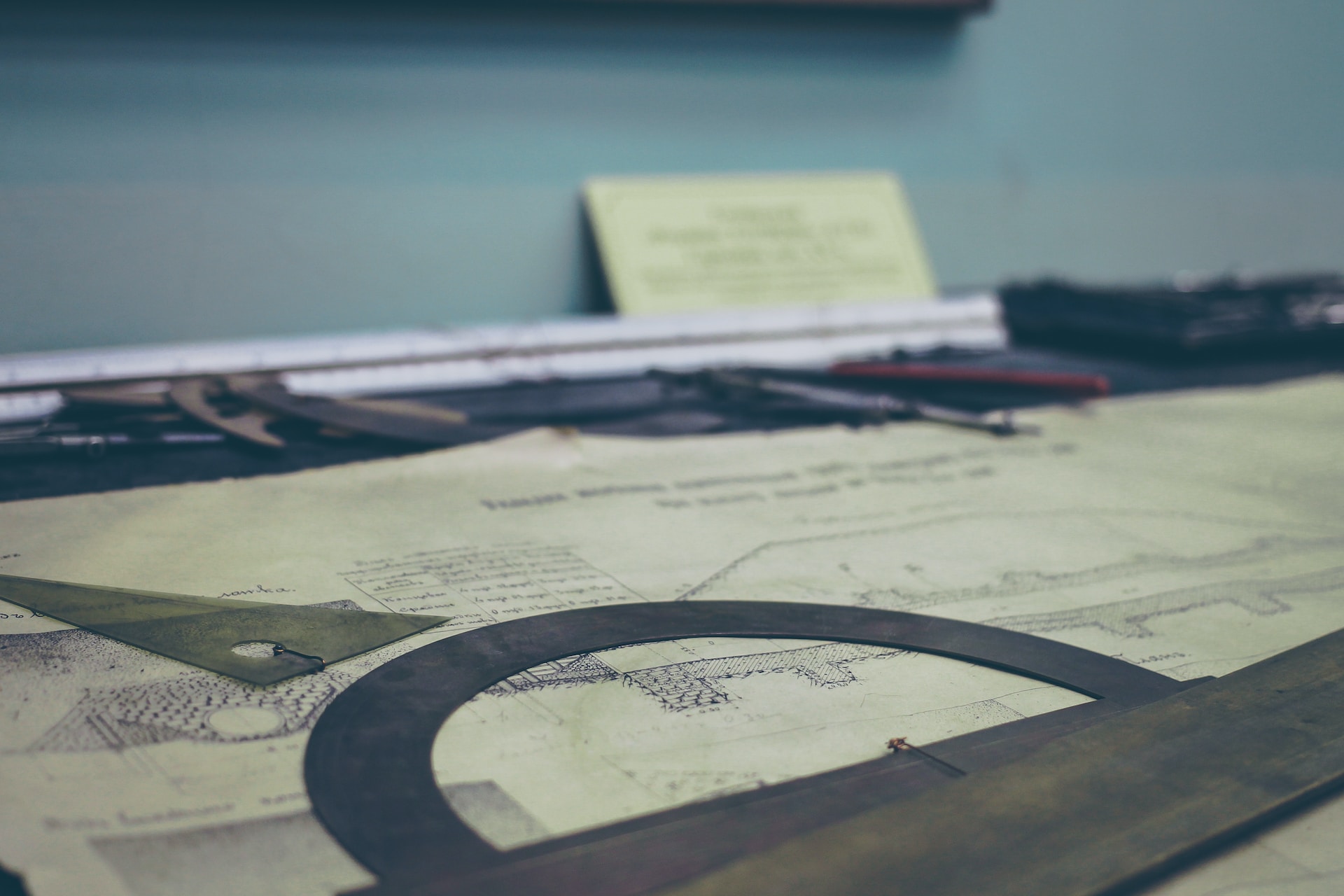Angles are fundamental geometric quantities that describe the amount of rotation between two intersecting lines or surfaces. Measuring angles is essential in various fields, including mathematics, engineering, navigation, and construction. Different systems of measurement, such as the English system and the Metric system, offer distinct units and conventions for measuring angles. In this article, we will explore the intricacies of measuring angles in both systems and discuss their similarities and differences.
Let’s begin by examining the units of measurement in the English system. In this system, angles are commonly measured using degrees (°). A degree is divided into minutes (‘) and seconds (“). One degree is equal to 60 minutes, and one minute is equal to 60 seconds. For example, an angle of 45 degrees can be further expressed as 45° 30’ 0”, where 30 minutes represent half a degree. Degrees are widely used in everyday life, as well as in fields such as astronomy, navigation, and surveying.
In the Metric system, angles are typically measured using radians. A radian is a unit of angular measurement that is based on the radius of a circle. It is defined as the angle subtended at the center of a circle by an arc equal in length to the radius. One full revolution around a circle corresponds to 2π radians, where π (pi) is approximately equal to 3.14159. Radians are often used in scientific and mathematical calculations, as they have natural relationships with trigonometric functions.
To convert between degrees and radians, one must use specific conversion factors. Since one full revolution is equal to 360 degrees, and 2π radians, the conversion factor is 180/π (approximately 57.296). To convert from degrees to radians, one must multiply the angle in degrees by this conversion factor. Conversely, to convert from radians to degrees, one must multiply the angle in radians by the reciprocal of the conversion factor.
While degrees and radians are the primary units for measuring angles in their respective systems, it is important to note that there are other units used in specialized fields. For instance, in navigation and aviation, angles are often measured in nautical miles or statute miles per degree. These units are derived from the Earth’s curvature and are used for calculating distances and headings.
In terms of conventions, both systems share a common use of a circle to represent a full revolution or a 360-degree angle. A circle is divided into 360 equal parts, each corresponding to one degree. This convention is prevalent in many cultures and has historical significance in ancient civilizations.
It is worth mentioning that the Metric system’s use of radians as the primary unit for measuring angles offers certain advantages. Radians have natural relationships with trigonometric functions, making calculations involving sine, cosine, and tangent more straightforward. Additionally, using radians eliminates the need for conversion factors when performing advanced mathematical operations, simplifying calculations in fields such as physics and engineering.
However, degrees continue to be widely used in everyday contexts, where familiarity with the concept of a 360-degree circle is prevalent. Degrees provide a more intuitive understanding of angles and are commonly used in applications such as navigation, map reading, and architectural drawings.
In recent years, there has been a growing trend towards the use of both degrees and radians in educational settings, especially in mathematics and physics. Educators often emphasize the relationship between degrees and radians, aiming to provide students with a comprehensive understanding of angle measurement and the flexibility to work with both units effectively.
Measuring angles in the English and Metric systems involves the use of degrees and radians, respectively. Degrees are widely used in everyday life and various fields, while radians are favored in scientific and mathematical calculations. Understanding the similarities and differences between these systems isessential for accurate angle measurements, effective communication, and proficiency in mathematical and scientific disciplines. Whether using degrees or radians, the ability to measure and work with angles is crucial in a wide range of applications, contributing to our understanding of geometry, navigation, engineering, and more.


